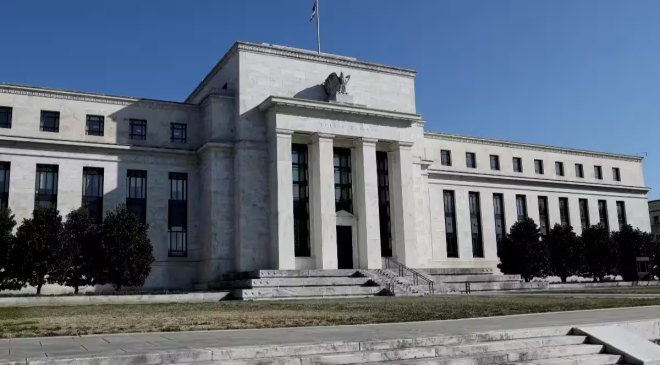Quite a few Asian countries are expected to cut interest rates ahead of the US Fed, starting in the last 2023 in order to support demand recoveries into 2024.
Even as the central banks globally are going for monetary tightening over the last year, the coming 12 months are likely to see a divergence. A report by IMA Asia stated that quite a few Asian countries are expected to cut interest rates ahead of the US Fed, starting in the last 2023 in order to support demand recoveries into 2024. “In countries with persistently high or sticky inflation, led by the US, central banks are expected to continue tightening in H2’23 and will likely cut slowly in 2024. In countries where inflation falls quickly, including quite a few in Asia, interest rate cuts may start in late 2023 to support demand recoveries into 2024,” the report said.
How are global central banks reacting on the interest rate front?
Despite a 500 bps rate hike by the US Fed from March 2022, much of the US economy has remained strong. The report stated that the growth is supported by government spending on new industry programs and strong growth in decarbonisation industries. As a result, core inflation in May of 5.3 per cent on-year is now above headline inflation (4.1 per cent). Further, it stated that going by historical evidence, unless the US Fed pushes core inflation down towards 2 per cent by rate hikes, inflation may well spiral up.
For Europe, IMA Asia stated that the region is not as buoyant as the US and is doing better than expected, while maintaining that the European Central Bank (ECB) will persist with rate hikes in H2 2023 before switching to a string of rate cuts in 2024, possibly ahead of the US Fed. “The ECB’s team expects GDP growth to slow to 0.9 per cent this year (from 3.5 per cent in 2022) followed by a lift to 1.5 per cent in 2024 while inflation slows from 5.4 per cent to 3.0 per cent,” the report said.
Read More: How to use UPI Lite and send money without PIN on Gpay, Paytm and PhonePe
Overall, the report said that the central banks in the West are aiming for sustainable inflation around 2 per cent from a current 5-9 per cent which is being pushed up by tight labour markets and strong wage growth. It further stated that is political interference is minimal and unexpected catastrophes are avoided, most advanced economies should enter a new cycle of low inflation growth during 2024.
What can be expected from India in 2024?
IMA Asia has lifted its 2023 GDP forecast for India to 5.8 per cent (5.4 per cent prior) while nudging 2024 to 6.2 per cent (from 6 per cent). “GDP grew 6.1 per cent yoy in Q1 2023 as an 8.9 per cent lift in fixed investment offset a weak 2.8 per cent lift in consumer demand. We expect fixed investment growth to be sustained at 7.7 per cent this year while consumer demand lifts to 4 per cent as inflation drops and the RBI gains scope for policy rate cuts.
It said that the inflation and interest rate headwinds should ease into 2024, lifting real consumer demand by 4 per cent this year and 6 per cent in 2024 with the prospect of 7.5 per cent pa for 2025-28. A short-term risk to watch, it maintained, is El Nino which could slash rural incomes.
In terms of manufacturing, it said that the manufacturing growth of 4.5 per cent yoy in Q1 2023 is likely to lift to 5.1 per cent for 2023, 6 per cent in 2024, and 9.5 per cent pa for 2025-28.
In terms of fixed investment, the report said that it grew 8.9 per cent yoy in Q1 2023, after rising 8.8 per cent in H2 2022 and 11.8 per cent in H1 2022.
In conclusion, IMA Asia maintained that while a rate cut is unlikely until there is clarity on the monsoon and prices, the RBI is likely to move fast once it pivots. “We now expect at least one rate cut before the end of 2023 and another 100-150 bp in cuts in 2024,” it said.





































